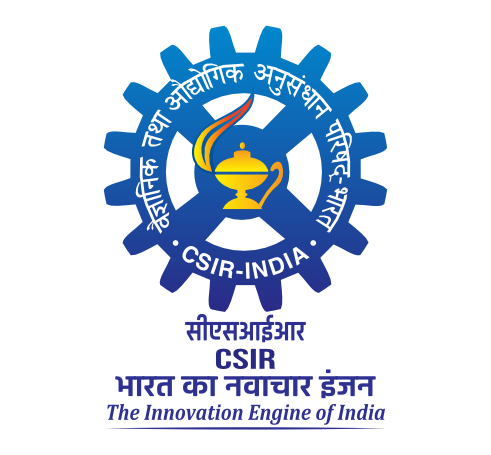Detectiion of 2,4-D by Quantum Dot
Neha, Srivastava (2008) Detectiion of 2,4-D by Quantum Dot. [Student Project Report]
|
PDF
Neha_Srivastava.pdf Restricted to Repository staff only Download (867kB) |
Abstract
This Dissertation / Report is the outcome of investigation carried out by the creator(s) / author(s) at the department/division of Central Food Technological Research Institute (CFTRI), Mysore mentioned below in this page.
| Item Type: | Student Project Report |
|---|---|
| Additional Information: | Excessive use of pesticides and herbicides has resulted in environmental pollution and health hazards. Strict vigilance and accurate monitoring of contaminants in food,water and soil is therefore required for achieving food safety and the implementation of the law. Instrumental methods like GC, HPLC etc are expensive, time-consuming and not always applicable in the fi eld. Use of Quantum Dots eliminate some of these drawbacks and position themselves as modern analytical tools, which offer cost-effective and rapid fi eld analyses. Quantum dots have many unique advantages over conventional organic dyes including increased Quantum yield, increased photostability, narrower, Gaussian-shaped emmision bands; and a continuous absorption above the first excitation feature. The main objective of this project was to standardize a protocol for the detection of 2,4- D using Quantum Dots. Detection of 2,4-D by QD require six steps, out of which four steps were standardized successfully in this project. Basic principle of work includes conjugation of 2,4-D and QD. But both of them had –COOH as functional group so a crosslinker was used to act as bridge between the two. The spacer used was 1,6 diaminohexane as it had two amine groups. The solvent system for 2,4-D was also standardized in this project. The solvent system used was Chloroform:Methanol:Acetic acid in the ratio of 85:5:10. After standardization of solvent system, conjugation was confirmed by performing TLC in case of both 2,4-D-spacer conjugate as well as 2,4-Dspacer- QD conjugate. It is expected in the future that these nano size semiconductors (QDs) will make detection of 2,4-D and other pesticides much more simpler, time consuming as well as cost effective. |
| Uncontrolled Keywords: | pesticides herbicides pesticides and herbicides health hazards Quantum dots 2,4-D |
| Subjects: | 600 Technology > 08 Food technology > 12 Allergy & Toxicology |
| Divisions: | Fermentation Technology and Bioengineering |
| Depositing User: | Food Sci. & Technol. Information Services |
| Date Deposited: | 07 Nov 2008 07:12 |
| Last Modified: | 28 Dec 2011 10:06 |
| URI: | http://ir.cftri.res.in/id/eprint/8824 |
Actions (login required)
 |
View Item |

